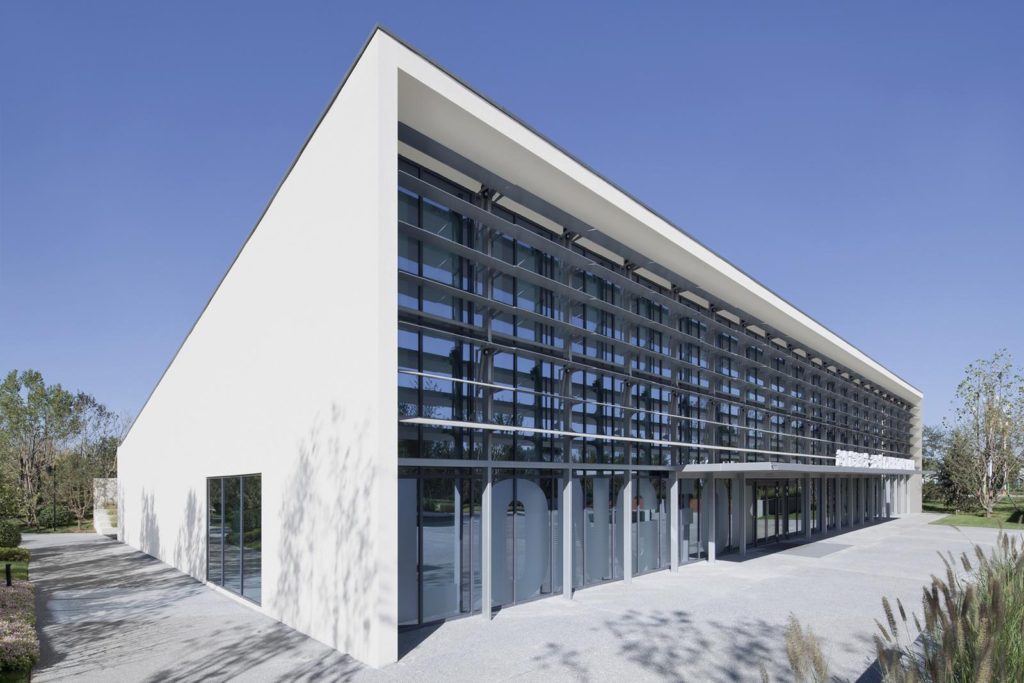Creating a personal gym in your attic is a fantastic way to optimize unused space and foster a healthier lifestyle. This Attic gym setup guide will walk you through the steps to transform your attic into a functional workout space. Whether you’re a homeowner or a real estate developer, this guide will provide valuable insights into designing a gym that suits your needs.

Why Choose an Attic for Your Home Gym?
Attics often remain underutilized in many homes. By converting your attic into a gym, you not only make use of this space but also add value to your home. An attic gym provides a secluded area where you can focus on fitness without the distractions of everyday life.
Assessing Your Attic Space
Inspecting Structural Integrity
Before you begin the transformation, it is essential to assess the structural integrity of your attic. Ensure that the flooring can support the weight of gym equipment and that the space complies with building codes. You might want to consult with a professional to evaluate the attic’s suitability for conversion. For more detailed guidelines, explore our Attic Conversion Cost Guide.
Measuring the Space
Take accurate measurements of your attic to determine how much space you have for exercise equipment. Consider the height, width, and length, as these dimensions will influence the type of equipment you can install. For attic spaces with low ceilings, you might need to choose compact or foldable equipment options.
Designing Your Attic Gym
Layout and Equipment Selection
Designing the layout of your attic gym is crucial for creating a functional workout area. Start by determining the type of workouts you plan to do and select equipment that aligns with your fitness goals. Consider including a mix of cardio machines, free weights, and resistance training equipment.
Lighting and Ventilation
Proper lighting and ventilation are essential for a comfortable gym environment. Natural light is ideal, so if your attic has windows, make sure to optimize their use. For additional lighting ideas, check out our Attic Lighting Ideas. Ensure sufficient air circulation by installing fans or using portable air conditioning units.
Flooring Considerations
Choosing the Right Material
Flooring is a critical aspect of your attic gym setup. Choose durable, non-slip materials that can withstand heavy use and provide adequate cushioning. Rubber flooring is a popular choice due to its shock-absorbing properties.
Soundproofing Your Gym
To minimize noise disturbance to the rest of the house, consider soundproofing your attic gym. This can be achieved by adding insulation to walls and floors or using sound-absorbing panels.
Safety Measures
Ensuring Equipment Safety
Safety should be a priority when setting up your gym. Secure all equipment and ensure that there is enough space around each piece to prevent accidents. Regularly inspect and maintain equipment for safe usage.
Emergency Preparedness
Install smoke detectors and keep a fire extinguisher within reach. It’s essential to have an emergency exit plan in place, especially if the attic is your primary workout area.
Personalizing Your Gym
Decor and Ambiance
Personalize your gym to make it an inviting space. Add motivational posters, mirrors, and plants to enhance the ambiance. A well-decorated space can boost your motivation and make workouts more enjoyable.
Technology Integration
Consider integrating technology into your gym for an enhanced workout experience. Install a sound system or a television for entertainment during workouts. Fitness tracking devices can also help monitor your progress.
Cost Considerations
Budgeting is a crucial aspect of setting up an attic gym. Factor in costs for equipment, flooring, lighting, and any structural modifications. For more insights on cost-effective solutions, visit our guide on Energy-Efficient Homes.
Maintaining Your Attic Gym
Regular maintenance is key to ensuring the longevity of your gym. Clean equipment after use, check for wear and tear, and keep the space organized to prevent accidents.

FAQs
What are the benefits of an attic gym?
An attic gym offers privacy, convenience, and adds value to your home. It allows you to utilize unused space effectively.
How do I ensure my attic gym is safe?
Ensure that the attic structure is sound, use appropriate flooring, secure equipment, and have an emergency plan in place.
What type of flooring is best for an attic gym?
Rubber flooring is ideal due to its durability and cushioning properties, making it a safe choice for workouts.
For more creative ideas on attic transformations, visit this external resource: Creative Attic Remodel Ideas.
This article contains affiliate links. We may earn a commission at no extra cost to you.




